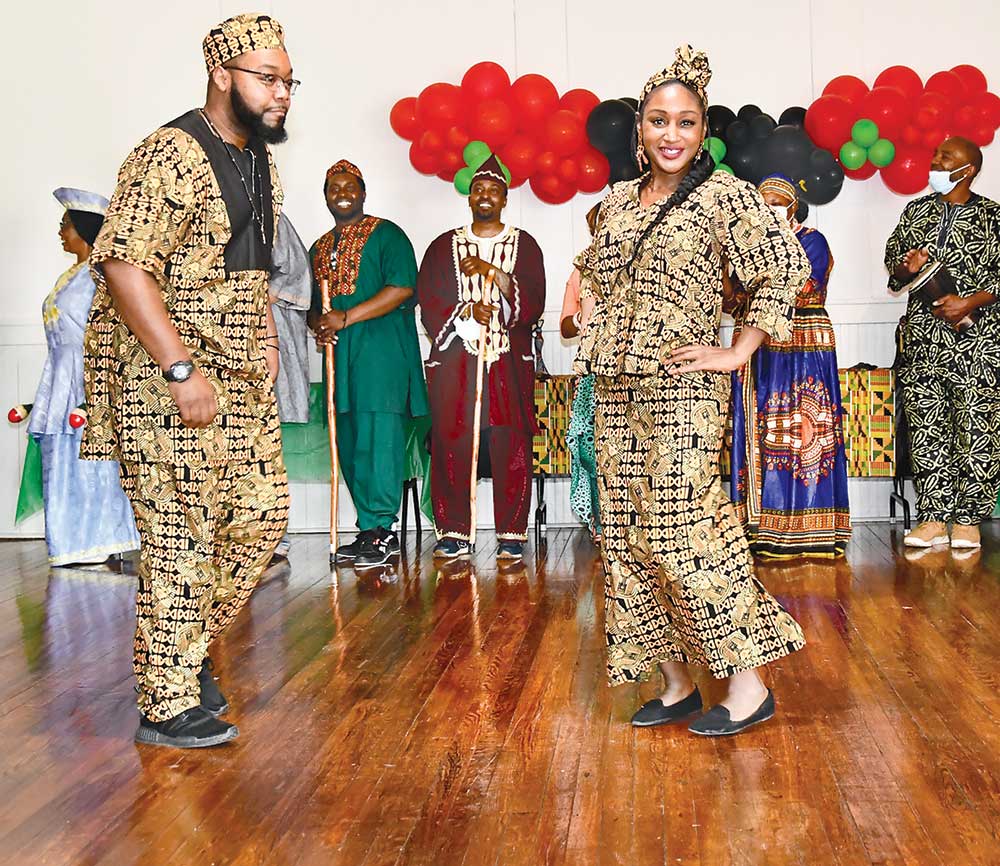
by Tom Chillemi –
Those who attended the 2022 Founders Day Black History Presentation on Feb.12 were reminded of some Black history.
Middlesex High School teacher Michael Pierce recalled a famous court case that began in Prince Edward County in Virginia. Barbara Johns was a 16-year-old high school student in Farmville. Like most segregated African-American schools of the era hers was woefully inadequate. In 1951 Johns organized a student walkout in protest of the unequal conditions, which drew the attention of the NAACP, explained Pierce. A lawsuit was filed and the case was argued by Spottswood Robinson and Oliver Hill, and in 1954 it was one of the five cases considered by the U.S. Supreme Court in the landmark Brown v. Board of Education decision. In a unanimous decision the high court ruled that racial segregation of schools was unconstitutional.
In 2017, the General Assembly resolution designated April 23 as “Barbara Johns Day” in Virginia.
Black Wall Street
The event, presented at the Freeshade Community Center in Syringa, was organized by the Middlesex Branch of the NAACP, Unit 7091, whose president Dawn Moore told the story of the Tulsa Race Massacre of 1921. At that time, most Tulsa, Okla., Blacks lived in the neighborhood of Greenwood, sometimes called “Black Wall Street.”
The deadly and destructive riot began with the arrest of Dick Rowland, 19, who was accused of assaulting a 17-year-old female elevator operator. An angry crowd of whites came to the sheriff’s office. Gunfire erupted and at least a dozen were killed. A riot ensued and much of the Greenwood section was burned, leaving thousands of Blacks homeless.
The property damage at that time was estimated to be $1.5 million — equivalent to $32 million today, explained Moore.
Generations including those born and raised in Oklahoma never heard of the Tulsa Race Massacre. In the 1990s a series of events finally began to force the shocking truth to come to light. In 1998 a story broke about the mass graves in the Greenwood area, said Moore.
In 2002, Oklahoma required schools to teach about the massacre. In 2009, the Tulsa Race Massacre officially became part of the school curriculum. In November 2018 an Oklahoma state government commission was created to investigate the riot, which included scientists and historians, that have found numerous victims buried in unmarked graves, said Moore.



